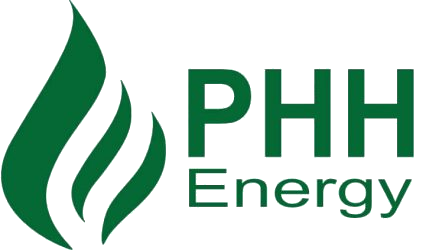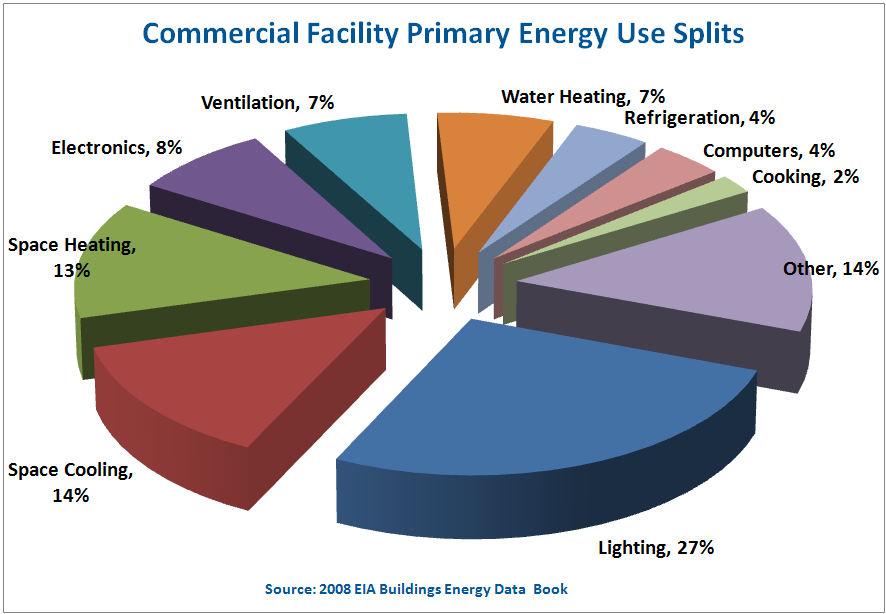BEM stands for Simplified Building Energy Model, and it is the preferred method of the government to assess energy in non-residential buildings. These calculations are incredibly important as they are used to prove that the building conforms to the regulations laid down in Building Regulations Approved Document L2A. It does this by comparing the designed Building Emission Rate (BER), with the Target Emission Rate (TER).
Essentially, SBEM calculations are like SAP calculations, but for non-residential premises. They calculate the amount of energy used by a building, through such things as heating, air conditioning and lighting, as well as the amount of carbon dioxide the building emits, before then assigning the building a rating between 1 and 100. The closer to 100 the rating is, the more energy efficient the building is deemed to be. A BRUKL certificate is then issued, and if the project meets the requirements it will have passed Building Regulations Part L.
There are a number of different types of buildings that will need an SBEM calculation. These include, but are not limited to:
- Shopping centres
- Offices
- Restaurants
- Retail units
- Leisure centres
- Retirement homes
- Warehouses
In addition to the above, it is important to remember that an SBEM assessment can be needed not only for new builds, but also for extensions and refurbishments too. There are some exceptions as well, such as places of worship and unheated buildings. Please feel free to contact us today for more information on this.
We know that, to the uninitiated, SBEM calculations might seem a complete mystery – something that they feel they will never understand. We want you to know exactly what an SBEM assessment entails though, so we have answered some of the most common questions about the process below. For more detailed answers – or for answers to any other questions you might have – please contact us today for a no obligation discussion about your requirements.
Who Needs an SBEM Assessment?
An SBEM assessment is now a mandatory requirement for all new commercial premises with a size of over 50m2. It can also sometimes be the case that an extension or a renovation needs an SBEM assessment as well, although this varies from situation to situation – if you are having either of these, we advise you to call us as soon as possible so we can advise you on your specific case.
When Should an SBEM Assessment be Carried Out?
An SBEM assessment comes in two parts. The first part is the design stage SBEM assessment, which needs to be completed before the construction starts. It is important to start the process well in advance, so that there is time to resolve any problems before the building process begins. When this process has been carried out and the building passes the regulations laid down in Part L, the construction can begin (providing the local authority doesn’t need any other assessments carried out, such as BREEAM).
When the building is completed, the second stage of the SBEM assessment is carried out. This is called an as-built SBEM and will also include the results of an air permeability test (If completed). An Energy Performance Certificate is then issued.
How is a New Build SBEM Calculation Worked Out?
Every single building will have a target emission rate (TER), based on a number of different factors. This is the benchmark that the building has to comply with – if it doesn’t it will not pass the regulations laid down in Part L.
To ascertain whether the building meets the standard required, we produce a building emission rate (BER). In order to pass, the BER must be of an equal or lower amount to the TER, therefore showing that the emissions are lower than the target. TER is derived from the building model using building regulations notional values, while DER uses actual values and compares the proposed plans against building regulations standards.
What Can Be Done to Ensure a Pass?
There are a number of things that should be thought about at design stage, prior to the SBEM assessment beginning, in order to give the best chance of getting a good result. These include:
- Ensuring that the lighting is as energy efficient as possible.
- Making sure that the house is insulated well and that no heat is escaping through walls or the ceiling.
- Ensuring that the air conditioning is appropriate for the size of the dwelling.
- Making sure the heating is also suitable for the size of building it will be heating.
- Installing ventilation that is effective.
There are, of course, many other factors to consider as well. For a comprehensive discussion on this, call us today.
What Happens if the Building Doesn’t Pass?
When we complete an SBEM assessment, we are obligated to provide a fair and accurate representation, therefore it is sometimes the case that we have to say a building does not meet the requirements laid down in Part L of Building Regulations. If this does happen, there is no need to panic though, as we will help to advise on any problems and get your project back on track.
When some companies complete an SBEM assessment, they only provide the results and fail to tell the client the exact reasons why the building has not met the requirements. PHH will provide you with the reasons and also supply you with a number of different ways in which you can adjust the plans to get the SBEM calculations to produce the right result. We will then complete another SBEM assessment for you.
How Can CO2 Emissions Be Lowered?
The amount of CO2 emissions from a building also contributes towards the overall score given in the SBEM assessment, so it is important to make sure these are kept to a minimum. The way that the building’s energy is gained is the main factor in these calculations.
Different power supplies have different ratings, and these will impact heavily on the building’s overall score. For example, a building running solely on grid supplied electricity will have a high overall score (0.517KgCO2/kWh), while a building using biomass will have a very low score (0.013KgCO2/kWh). Therefore, it is important to choose the most efficient option possible. It is also increasingly common for two different fuel types to be used, with biomass being used with a gas backup, for example.
Why Choose Us?
Here at PHH Energy, we are incredibly proud of the service we have offered to our many clients – clients who come back to us over and over again, not just for SBEM assessments, but for our whole suite of other services. With a keen eye for detail and an unerring commitment to customer service, we know that we are the best in the business when it comes to SBEM assessments.
Reasons to use us include:
- We have many years of experience in SBEM calculations, meaning that the job will be done accurately and within a deadline, therefore ensuring your project stays on schedule.
- We can offer unbiased advice on ways to make the building more energy efficient, regardless of whether the building passes the Part L criteria or not. The advice will also be cost effective, therefore saving you money.
- Our staff are fully trained and equipped to carry out all work, all the while keeping you informed of the progress being made.
Please feel free to contact us for further information on this and other services we provide which may help your business.

